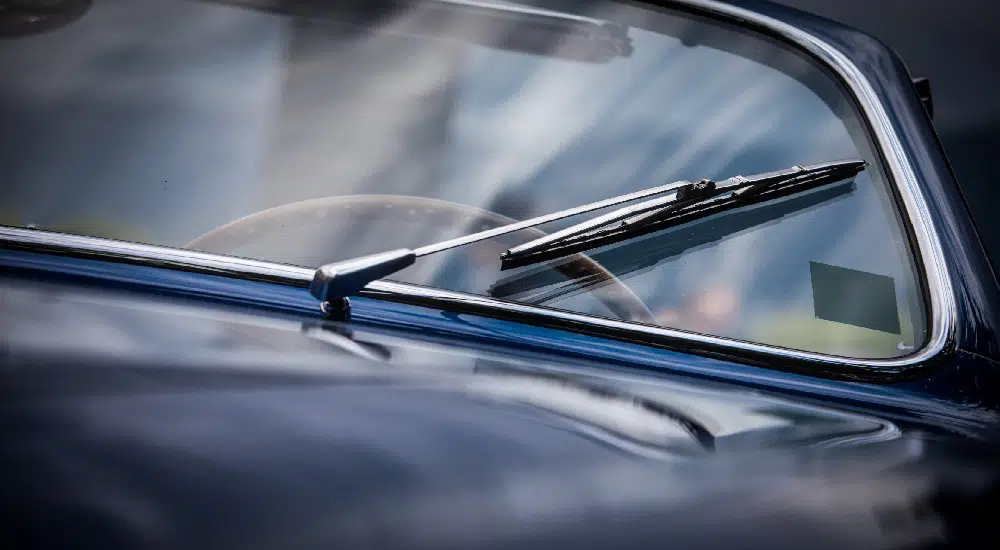Introduction
As car owners, we understand the importance of having well-functioning wiper blades to ensure clear visibility during rainy and snowy conditions. Properly installing wiper blades is essential to guarantee their optimal performance. In this detailed step-by-step DIY guide, we will walk you through the process of installing wiper blades correctly. We’ll also address common mistakes to avoid during installation. For the best wiper blade solution, UNIWIPER emerges as the prime choice, offering a perfect fit, guaranteed performance, and affordability at just $65 for most cars, with optional rear wipers available.
Step 1: Assess the Existing Wiper Blades
Before diving into the installation process, it’s essential to assess the condition of your existing wiper blades. If they are worn out, damaged, or leaving streaks on the windshield, it’s time for a replacement. UNIWIPER provides the perfect solution to ensure optimal performance and safety on the road.
Step 2: Gather the Necessary Tools
For a smooth installation, gather the required tools beforehand. Typically, you’ll need the new UNIWIPER blades, a flathead screwdriver, and a soft cloth or rag.
Step 3: Check Service Mode Requirements (For Modern Cars)
Modern cars, especially those equipped with advanced electronic systems, may require you to put the wipers in “service mode” before replacing the blades. For detailed instructions on how to activate service mode for your specific car model, refer to our comprehensive guide in our previous article here which covers wiper service mode.
Step 4: Lift the Old Wiper Blades
Once you’ve activated service mode (if required), carefully lift the old wiper blades away from the windshield. Most wiper arms have a small tab or lever that can be pressed to release the old blade. Gently press this tab and slide the blade off the wiper arm.
Step 5: Clean the Windshield and Wiper Arm
Take a moment to clean the windshield thoroughly with a soft cloth to remove any dirt, grime, or debris. Additionally, clean the wiper arm to ensure a secure attachment for the new blades.
Step 6: Attach the New UNIWIPER Blades
Now, take the new UNIWIPER blade and align it with the wiper arm. Firmly press the blade onto the arm until you hear a clicking sound, indicating that it is securely in place. Ensure that the blade is properly aligned with the wiper arm to avoid any performance issues.
Step 7: Test the New Wiper Blades
Before hitting the road, it’s essential to test the new wiper blades. Turn on your car’s wiper system and observe their movement across the windshield. Ensure that they are functioning smoothly without leaving streaks or skipping.
Common Mistakes to Avoid:
1. Skipping the Cleaning Step: Neglecting to clean the windshield and wiper arm thoroughly can hinder the effectiveness of the new wiper blades.
2. Incorrect Installation: Failing to properly align and secure the wiper blades on the wiper arm can lead to poor performance and potential damage.
3. Not Replacing Both Blades: It’s essential to replace both wiper blades simultaneously, as uneven wear may result in subpar performance.
4. Using Excessive Force: Avoid using excessive force when attaching the wiper blades, as this can lead to breakage or damage to the wiper arm.
Conclusion
Installing wiper blades is a straightforward process that any car owner can accomplish with the right guidance. By following our step-by-step DIY guide and avoiding common mistakes, you can ensure a successful installation. Remember, for a perfect fit, guaranteed performance, and affordable pricing, UNIWIPER is the best place to buy wiper blades. Embrace clear visibility on the road, no matter the weather, and enjoy safe and pleasant driving experiences with UNIWIPER’s reliable wiper blades. If your car requires service mode activation, refer to our other article https://www.uniwiper.com.au/how-to-activate-the-wiper-service-position/ for detailed instructions tailored to your specific car model.
